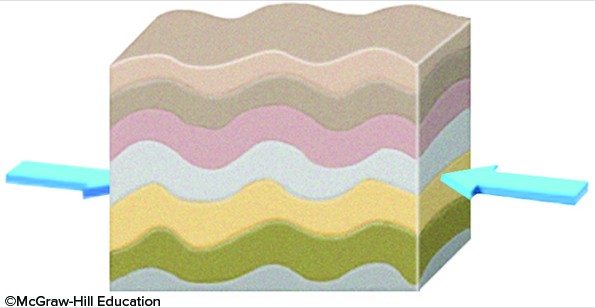As a star undergoes collapse, its rate of rotation
A. increases.
B. decreases.
C. remains constant.
Answer: A
You might also like to view...
Before sunrise on a clear, calm, cold morning, frost can often be seen on the tops of parked cars, even when the air temperature is above freezing. Which of the following processes cools the tops of the cars and causes this condition?
A. conduction B. convection C. latent heat D. radiation
The _______________ comet, seen by many in 1997, came within Earth’s orbit around the sun (on the other side of the solar system) at about 320 million km away at its nearest point
Fill in the blank with correct word.
Two streams that have no perennial tributaries meet to form a larger stream. That larger stream would be considered a _____ stream
a. first-order b. second-order c. third-order d. fourth-order e. fifth-order
If you had this type of deformation of a region, it would
A. thin the crust and cause uplift. B. thicken the crust and cause subsidence. C. thin the crust and cause subsidence. D. thicken the crust and cause uplift. E. None of these choices are correct.